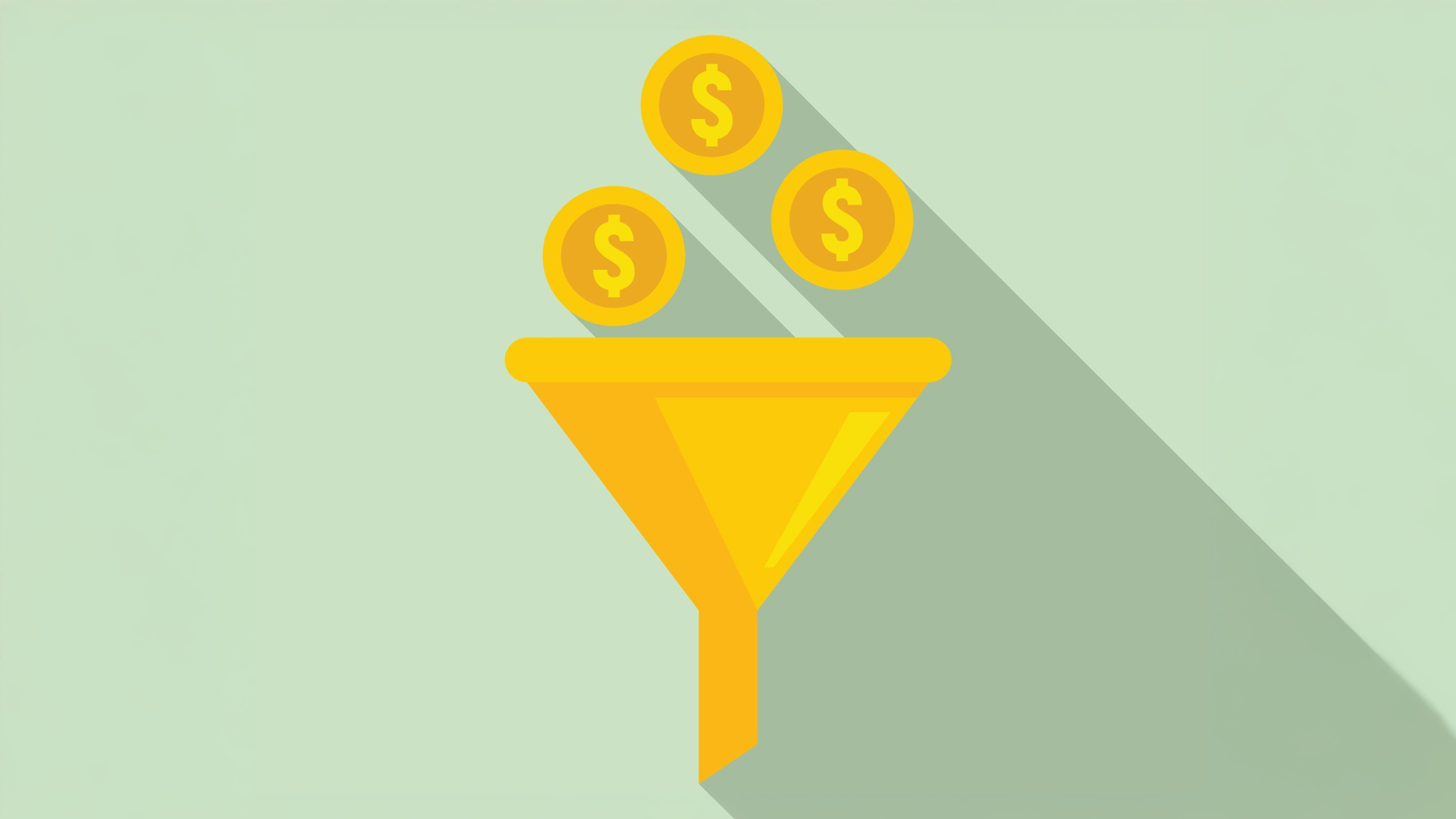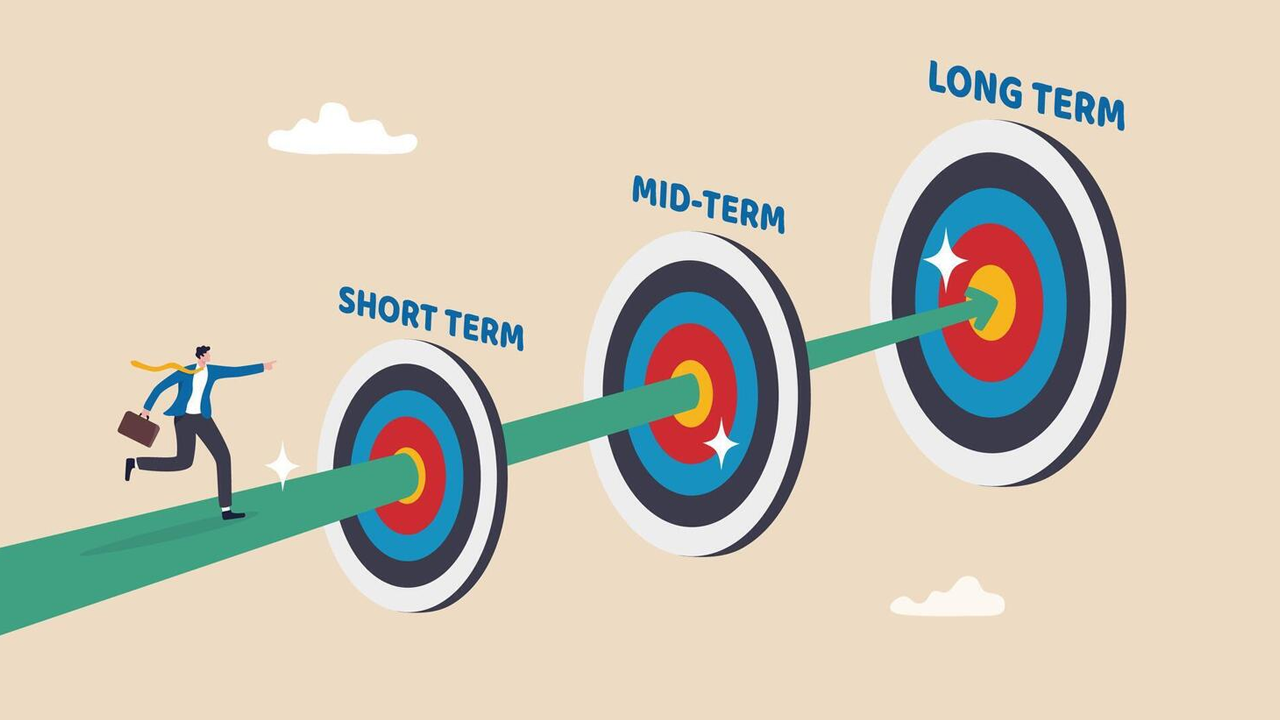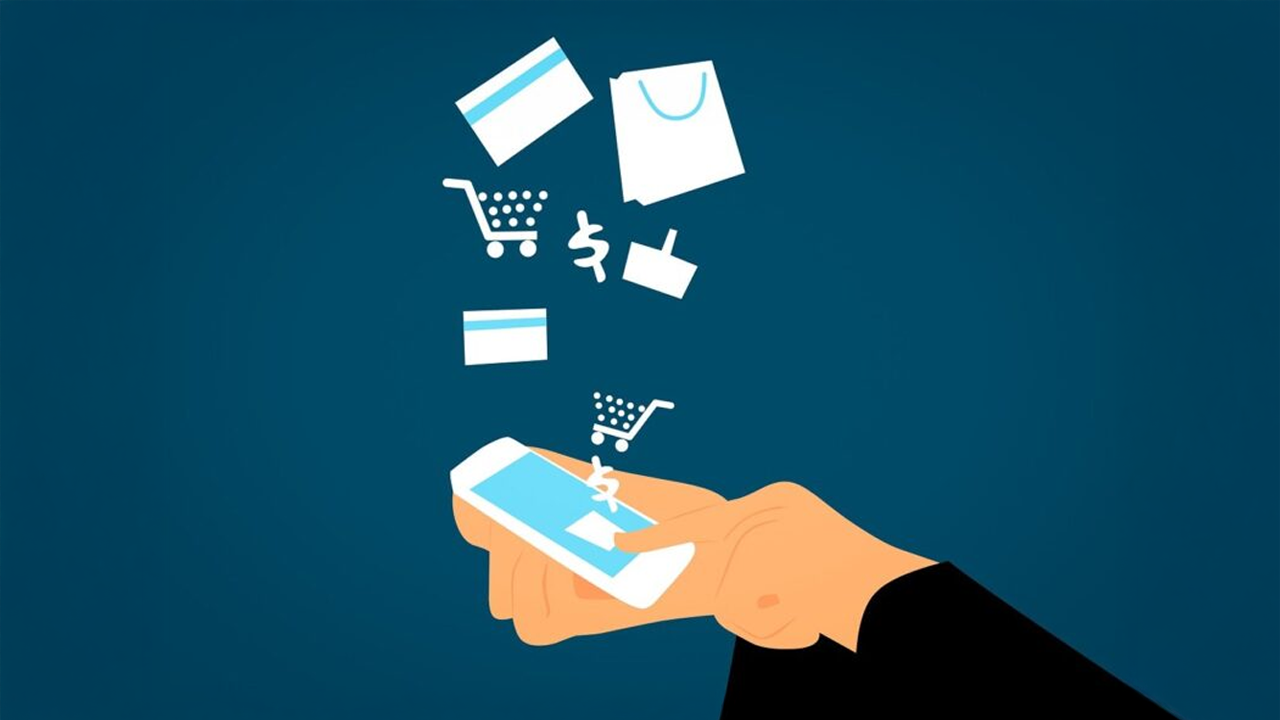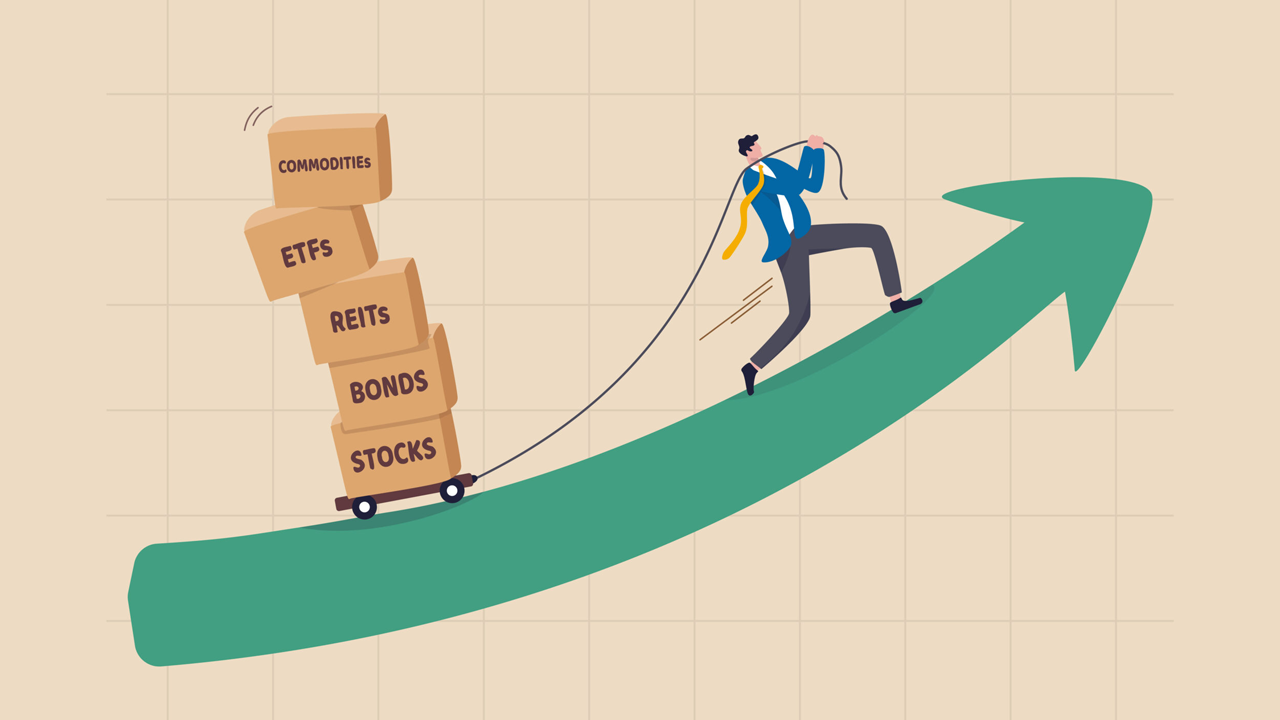
Introduction
A downsell is a strategic offer presented to customers who decline your primary offer, designed to capture otherwise lost revenue through a lower-priced alternative. Unlike desperate last-minute discounts, downsells are calculated recovery tactics that can reclaim 15-25% of declined sales by addressing the specific objections that prevented the initial purchase. A well-executed downsell not only recovers lost sales but also boosts revenue by capturing customers who might otherwise leave without purchasing.
Most businesses lose millions in potential revenue by failing to implement downsell strategies in their sales funnel. When a customer rejects your main offer, that moment represents a critical opportunity — not a dead end. The customer has already shown interest in your product or service; they’re simply hesitant about price, features, or commitment level.
Successful downsells do more than recover lost sales — they build customer trust and create entry points for future upsells. By demonstrating flexibility and understanding of budget constraints, you position your business as customer-centric rather than purely profit-focused. This approach often leads to increased customer retention and higher customer lifetime value over time.
This comprehensive guide covers the psychology behind downsell effectiveness, implementation best practices that maximize revenue, real-world examples across industries, and step-by-step setup instructions to transform your sales strategy within 14 days. Downselling is a key marketing strategy for modern businesses looking to optimize their sales funnel and drive sustainable growth.
Where's the Downside? The Psychology Behind Recovery Sales and Customer Lifetime Value

The art of the upsell is essential to master, but what about if the prospect hasn't bitten? A downsell represents a lower-priced alternative offered after initial offer rejection, not before. This timing distinction is crucial — presenting cheaper options upfront devalues your primary offer, while strategic down selling acknowledges the customer's decision process and provides a respectful alternative.
Customer psychology behind rejections typically involves price sensitivity, budget constraints, fear of commitment, or poor timing. When potential customers encounter your primary offer, they perform rapid cost-benefit analysis. Understanding the customer's preferences and budget is essential, as a rejection often signals a mismatch between offer structure and the customer's current circumstances rather than a lack of interest.
The optimal sales funnel sequence follows this pattern: Main Offer → Upsell Attempt → Rejection → Downsell Opportunity. This progression respects the customer's decision-making process while maximizing revenue potential. Down selling fits alongside other sales techniques such as upselling and cross sell, each designed to influence purchasing decisions and increase order value. Unlike upselling and cross selling, which target expansion from existing customers, downsells specifically address hesitation from potential customers who’ve already expressed interest.
Consider Netflix’s approach: when customers reject their premium plan, they immediately present their basic plan with fewer features but core functionality intact. The downsell offers monthly installments instead of annual payments, addressing budget conscious customers while maintaining the same product value. This lower cost alternative makes purchasing more attractive for hesitant customers. This strategy converts customers who would otherwise choose competitors, creating loyal customers who often upgrade later.
The timing principle cannot be overstated. Downsells must follow rejection to maintain funnel integrity and value perception. Presenting multiple price points simultaneously creates decision paralysis, while sequential presentation guides customers through logical alternatives.
Effective downsells demonstrate customer empathy and preserve long-term relationships. When customers feel understood rather than pressured, they’re more likely to complete the downsell purchase and recommend your business to others, ultimately boosting revenue through increased customer retention. Optimizing the customer's experience through thoughtful down selling and cross sells can lead to long-term business growth.
When to Offer a Downsell

Timing is everything when it comes to presenting a downsell. The right moment to introduce a downsell is immediately after a customer has rejected your primary offer, but before they exit your sales funnel completely. This strategic placement ensures that the customer is still engaged and open to alternatives, rather than feeling overwhelmed by too many choices upfront. By waiting until the customer declines a premium product or service, you can offer a lower price point or a version with fewer features that still addresses their needs. This approach not only helps recover lost sales but also supports customer retention by showing that you value their business and are willing to meet them where they are. For example, if a customer passes on a high-end subscription, presenting a more affordable option at this stage can turn a potential lost sale into a successful purchase, keeping the customer in your ecosystem and increasing the likelihood of future sales.
Essential Downsell Strategy Implementation
Successful downsell implementation requires six core tactics that address both technical execution and customer psychology. These strategies transform rejected opportunities into additional revenue while maintaining brand value and customer relationships.
Timing and trigger optimization forms the foundation of effective downselling strategy. Cart abandonment detection should trigger immediate downsell offers, typically within 15 minutes of abandonment. Exit-intent popups capture customers attempting to leave your sales page, presenting alternative products at a lower price point. Post-decline email sequences provide multiple touchpoints, with the first downsell email sent within 24 hours and follow-ups at 48 and 72-hour intervals. At the point of sale, cashier offers — such as suggesting a larger size or an additional product during checkout — can also increase order value and conversion rates.
Offer structure design determines downsell effectiveness. Create simplified versions of your premium product that address core customer needs without overwhelming features. Present multiple offers to customers, such as a value package, a good downsell, or a higher priced item bundled with a discount, to increase the chance of conversion. Payment plan alternatives allow customers to access the same product through more than one payment option, including if your site offers monthly installments. Trial offers reduce commitment anxiety by providing limited-time access to premium versions. Bundle reductions maintain perceived value while reducing cost — if customers reject a 10-item package, offer a 3-item alternative at a much lower price point.
Psychological positioning influences customer acceptance rates. Use urgency without pressure by highlighting limited-time availability of the downsell offer. Exclusivity messaging positions the alternative product as specially designed for budget-conscious customers rather than a consolation prize. Value-focused copy emphasizes key benefits and relevant product features that solve the customer’s primary problem. A good downsell is intentionally designed to maintain value and customer engagement, rather than simply offering a stripped-down version.
Customer segmentation enables personalized downsell experiences. Behavioral targeting based on rejection reasons allows you to present the most appropriate alternative product. Demographic considerations help tailor payment options—younger customers might prefer monthly installments while established businesses favor annual packages. Previous purchase history guides which complementary products to include in downsell offers, allowing you to offer customers relevant alternatives such as value packages or higher priced items as appropriate.
Technology integration automates the downselling process for consistent execution. Automated triggers ensure every customer declines receives appropriate follow-up without manual intervention. Conditional logic prevents existing customers from receiving new customer downsells. A/B testing frameworks optimize offer presentation, timing, and copy to maximize conversion rates. Configure payment processing to ensure funds are received in your bank account and to support flexible payment options.
Follow-up sequences nurture downsell buyers toward future purchases. Multi-touch campaigns provide ongoing value while subtly introducing upsell opportunities. Nurture flows for downsell buyers focus on demonstrating product value and building trust. Re-engagement strategies target customers who initially declined but might reconsider with different timing or circumstances. Use upsell offers and cross sells in post-downsell nurturing to maximize customer lifetime value.
Specific tactics include exit-intent timing calibrated to 30-second page visits, email subject line optimization using personalization and urgency, and pricing psychology that positions downsells as 30-50% of the original offer to maintain credibility while providing genuine savings.
Proven Downsell Examples Across Industries

Real-world downsell applications demonstrate the strategy’s versatility across different business models, each maintaining value proposition while addressing price objections and converting more customers into paying clients.
SaaS Example: Slack’s downsell strategy exemplifies effective tier management. When potential customers reject their Business+ plan at $12.50 per user monthly, they immediately present the Starter plan at $6.67 per user with fewer features but core functionality intact. The downsell maintains unlimited message history and essential integrations while removing advanced admin controls and compliance features. This approach converted 23% of Business+ rejections, generating significant additional revenue from customers who would otherwise choose free alternatives. The downsell page emphasizes that customers can upgrade anytime, creating a pathway for future upsells as teams grow. In addition to downsells, cross sells are often used alongside to increase order value by suggesting complementary add-ons or integrations.
E-commerce Example: A premium athletic apparel store implements downsells when customers abandon carts containing full workout sets. Instead of offering discounts on the same product, they present individual items at lower price points: a single performance shirt instead of the complete three-piece set. The alternative product maintains brand quality while addressing budget constraints. Customer feedback revealed that 31% of downsell buyers returned within 60 days to purchase additional items, demonstrating how downsells build relationships leading to further purchases. Post purchase downsells are also offered after the initial transaction, presenting lower-cost alternatives or special deals to recover additional revenue. Cross sells are used in tandem, suggesting related accessories to further increase average order value.
Digital Courses Example: An online marketing education platform offers comprehensive coaching programs at $2,997. When potential customers decline, they immediately present a course-only version at $497 with the same curriculum but without live coaching calls and community access. The downsell emphasizes self-paced learning for budget conscious customers while maintaining the core educational value. This strategy recovered 19% of declined sales and created a pipeline of students who later upgraded to full coaching programs, significantly improving customer lifetime value. Students who have purchased the course-only version are later offered good upsell opportunities, such as live coaching or community access, to enhance their learning experience.
Service Business Example: A digital marketing agency downsells full-service packages when clients hesitate at $5,000 monthly retainers. Their alternative offer includes strategy consultation and audit services at $1,500, providing immediate value while demonstrating expertise. The downsell positions ongoing services as natural next steps rather than separate sales. As an alternative to the full-service retainer, the agency also offers a value package — bundling select services at a reduced rate to increase client satisfaction and boost sales volume. This approach converted 28% of declined prospects and led to full-service contracts within six months for 45% of downsell clients.
Each example maintains value proposition integrity while addressing specific objections. Conversion rate improvements ranged from 19-31%, with revenue recovery totaling millions annually across these businesses. The key lies in presenting genuine alternatives rather than discounted versions of the same product, ensuring customers feel confident in their purchase decision.
Of course, in affiliate marketing, we're usually not working with such large sums - except if the offers are truly very high-ticket. Nevertheless, we wanted to give some impactful examples for perspective on downsells on a larger scale.
Trial Offer: Using Trials as Effective Downsell Tactics

Trial offers are a powerful downsell strategy that can significantly boost sales and enhance customer retention. By allowing customers to experience a product or service through a free or low-cost trial, you lower the barrier to entry and reduce the perceived risk of making a purchase. This tactic is especially effective for digital products, software, or online courses, where customers may hesitate to commit without firsthand experience. For instance, if a customer is unsure about investing in a full-priced online course, offering a trial module or limited-time access can help them see the value before making a larger commitment. This approach not only increases conversion rates but also builds trust, as customers feel empowered to make informed decisions. Ultimately, using trials as a downsell can turn hesitant prospects into loyal customers, driving more sales and long-term engagement.
Step-by-Step Downsell Setup Guide
Implementing effective downsell strategies requires systematic planning, technical configuration, and ongoing optimization. This comprehensive walkthrough transforms your sales funnel from a single-opportunity system into a multi-layered revenue recovery machine.
Planning Phase begins with audience analysis to understand why customers reject your primary offer. Survey existing customers about their initial hesitations and decision factors. Analyze customer lifetime data to identify patterns in rejection reasons. Create detailed buyer personas including budget ranges, feature priorities, and decision timelines. Map your current sales funnel to identify optimal downsell insertion points where customer refuses your main offer but remains engaged.
Offer creation requires developing genuine alternatives that solve core customer problems at lower price points. Design simplified product versions with fewer features but maintained quality. Structure payment plans that make premium versions accessible through monthly payments rather than upfront investment. Create trial offers that reduce commitment anxiety while demonstrating value. Establish clear success metrics including downsell conversion rates, average order value changes, and customer lifetime value improvements.
Technical Setup varies by platform but follows consistent principles across email marketing systems like Mailchimp (integrated on Digistore24), landing page builders including Leadpages and Unbounce, and customer relationship management tools. Configure automated triggers that activate when customers abandon carts, exit sales pages, or decline initial offers. Set up conditional logic preventing existing customers from receiving new customer downsells, maintaining appropriate targeting.
Create dedicated downsell pages that maintain brand consistency while presenting alternative products clearly. These pages should load quickly, eliminate navigation distractions, and focus entirely on the downsell offer benefits. Include social proof specific to the alternative product and clear value propositions that address original rejection reasons. For Digistore24:
Setting Up Your Downsell Flow on Digistore24
The process is straightforward within Digistore24’s Conversion Cockpit:
1. Open your initial product and navigate to the Conversion Cockpit
2. Click Add upsell on the initial product or an existing upsell item
3. Choose a red arrow (downsell) indicator for each downsell step
4. Select which product you want to offer as the downsell
5. Each upsell/downsell step can lead to another step (up to six total upsell steps in your flow)
Key Features and Flexibility
Multiple purchase decision options: For each downsell step, you can offer:
• A single product
• Different products as alternatives
• Different quantities or payment plans for the same product
One-click purchases: Customers can purchase downsell products directly on your upsell page without being redirected to a separate order form (depending on your setup and EU legal compliance requirements)
Custom buttons: You can use Digistore24’s standard upsell buy button or create your own custom purchase decision buttons to match your branding
More to Know
E-commerce Integration connects downsell systems with existing sales infrastructure. Configure payment processing to handle downsell transactions seamlessly, ensuring customers can complete purchases without friction. Make sure all downsell transactions are processed directly to your bank account, so every sale — no matter how small — contributes to your overall revenue. Set up inventory management for downsell products, particularly important for physical goods with different SKUs.
Automation Workflows orchestrate the entire downsell sequence without manual intervention. Primary triggers include form abandonment after 15 minutes, checkout exit within 30 seconds, and email non-response after 48 hours. Secondary triggers activate when customers view but don’t purchase downsell offers, initiating additional follow-up sequences. Additionally, trigger downsell or cross-sell offers when a customer adds items to their cart but does not complete the purchase, capturing more sales opportunities. Configure email automation that delivers downsell offers at optimal times, typically during evening hours when customers have more time to consider alternatives.
Testing Procedures optimize downsell performance through data-driven decisions. A/B testing should compare different offers, timing variations, and copy approaches. Test multiple downsell tiers to determine optimal pricing psychology—some customers respond better to 50% reductions while others prefer 30% discounts with perceived higher value. Implement conversion tracking that measures not just immediate downsell sales but subsequent customer behavior including future purchases and customer retention rates. Continuously optimize your funnel to encourage customers to spend more money through strategic offer sequencing.
Setting Up Your Downsell Automation

Creating automated downsell sequences ensures consistent execution while providing multiple opportunities to convert hesitant customers. Configure trigger conditions precisely to maximize effectiveness without appearing pushy.
Primary automation triggers include form abandonment when potential customers start but don’t complete lead magnets or product inquiries. Set these triggers for 15-minute delays to allow customers time to return naturally. Checkout exit triggers activate when customers load payment pages but leave without completing transactions. Email non-response triggers engage customers who receive initial offers but don’t open follow-up communications after 48 hours.
Configure conditional logic preventing downsell conflicts with existing customer segments. Existing customers shouldn’t receive new customer downsells, while previous downsell buyers should receive different offers to avoid repetition. Implement frequency capping to prevent over-communication — limit downsell offers to once per 30-day period per customer unless they specifically request alternatives.
Create multiple downsell tiers addressing different rejection reasons. Immediate offers target price-sensitive customers with 20-30% reductions. Twenty-four-hour follow-ups present alternative products with different feature sets. Final attempts after 72 hours offer payment plans or trial versions for customers still considering options. Each tier should include clear expiration dates creating appropriate urgency without appearing desperate.
Implement comprehensive tracking codes and conversion pixels for accurate performance measurement. Track not only immediate downsell conversions but also subsequent customer behavior including additional purchases, referrals, and lifetime value development. This data enables continuous optimization and demonstrates downsell strategy return on investment.
Testing and Optimization Framework

Establishing baseline metrics provides foundation for measuring downsell strategy effectiveness. Document current rejection rates across different offer types, average order values for various customer segments, and existing customer lifetime value calculations. These metrics enable accurate before-and-after comparisons demonstrating downsell impact.
Design systematic A/B testing protocols that isolate individual variables for accurate results. Test offer variations including different discount percentages, alternative product features, and payment plan structures. Timing tests determine optimal delays between rejection and downsell presentation. Copy optimization focuses on value propositions, urgency language, and benefit explanations that resonate with your specific audience.
Set up comprehensive analytics dashboards combining downsell conversion rates with broader business metrics. Track revenue recovery percentages, customer satisfaction scores from downsell buyers, and progression rates from downsell to full-price purchases. Monitor negative metrics including unsubscribe rates and customer complaints to ensure downsell strategies don’t damage brand reputation.
Create systematic feedback loops enabling continuous improvement based on customer responses and sales data. Regular monthly reviews should analyze downsell performance trends, seasonal variations, and customer segment differences. Quarterly optimization cycles implement testing results and adjust strategies based on accumulated data. Annual strategy reviews evaluate overall downsell program effectiveness and plan expansion into new customer segments or product lines.
Measuring the Success of Downselling
To truly understand the impact of your downsell strategy, it’s essential to track the right metrics. Key indicators such as conversion rates, average order value, and customer lifetime value provide a clear picture of how well your downsell offers are performing. Monitoring conversion rates helps you see how many customers are accepting your downsell offers, while tracking average order value reveals whether these offers are boosting overall sales. Perhaps most importantly, measuring customer lifetime value shows the long-term benefits of downselling, including increased customer retention and loyalty. If you notice that your downsell offers are not converting as expected, it may be time to adjust the offer or presentation to better align with customer needs. By regularly analyzing these metrics, you can refine your downsell strategy to maximize revenue, improve the customer’s experience, and ensure that each sale contributes to a stronger, more profitable customer lifetime.
Common Downsell Mistakes

While downselling can be a highly effective sales technique, there are common pitfalls that can undermine its success and even damage customer relationships. One major mistake is offering a downsell too early in the sales process, which can diminish the perceived value of your primary offer and make your premium product seem overpriced. Another error is failing to tailor the downsell offer to the customer’s specific needs, resulting in irrelevant or unappealing alternatives that do little to encourage a sale. Additionally, using downselling simply as a discounting tactic can erode trust and make your product or service appear less valuable. To avoid these issues, always wait until the customer has clearly rejected the primary offer before presenting a downsell, and ensure that the downsell offer is positioned as a thoughtful, relevant alternative rather than a cheap substitute. By focusing on perceived value and customer retention, you can use downselling to increase sales and build lasting relationships with your customers.
Conclusion
Downsells transform rejected opportunities into revenue recovery and relationship building, converting potential losses into profitable customer connections. When customers reject your primary offer, strategic downselling demonstrates understanding and flexibility, often leading to immediate sales and long-term loyalty that significantly exceeds the initial transaction value.
Implementing downsells is essential for modern conversion optimization and customer retention in increasingly competitive markets. Most businesses that maximize revenue understand that single-offer funnels leave substantial money on the table. By providing genuine alternatives at lower price points, you capture budget conscious customers who genuinely want your solution but face temporary constraints.
The compound effect extends far beyond immediate revenue recovery. Downsell buyers often become loyal customers who upgrade to premium versions, refer new business, and provide valuable feedback for product development. Customer lifetime value increases substantially when businesses demonstrate flexibility and customer focus rather than rigid sales approaches.
Your implementation timeline starts today: develop your first downsell offer within 14 days, focusing on a simplified version of your main product or service. Configure basic automation triggers for cart abandonment and sales page exits. Monitor conversion improvements over the next 30 days, tracking both immediate downsell revenue and subsequent customer behavior patterns.
Transform every “no” into a potential “yes” through strategic downsell implementation. The customers who initially reject your offers often become your most valuable advocates when you demonstrate genuine care for their needs and constraints. Start building your downsell strategy now and watch previously lost opportunities become profitable, long-term customer relationships.






